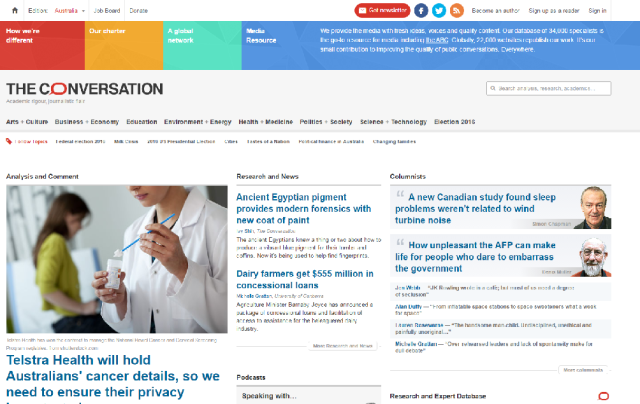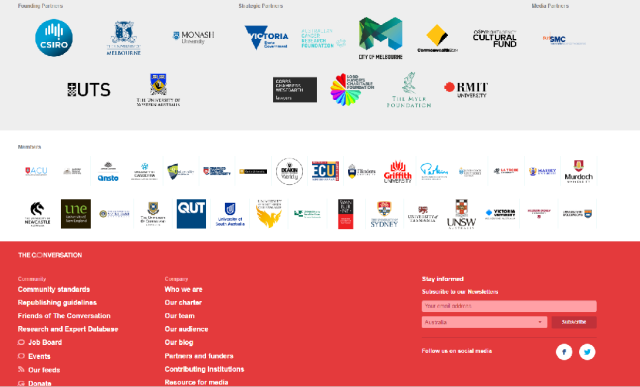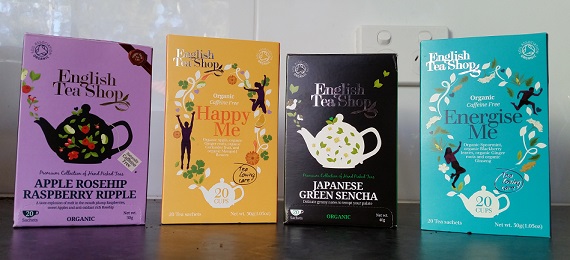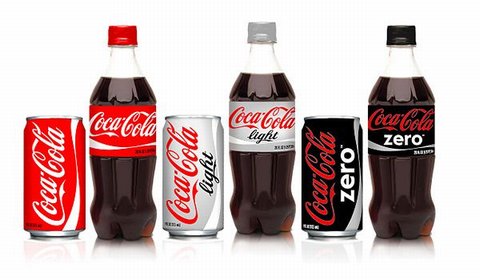Q1. Consistency
Consistency is a “cornerstone of good design” (DiMarco, 2011, p. 51). Lidwell, Holden and Butler contend that consistency in design makes systems easier to learn and use, with consistent repetition of stylistic elements allowing users to “efficiently transfer knowledge to new contexts, learn new things quickly, and focus attention on the relevant aspects of a task” (Lidwell, 2003, p. 46). They go on to explain the four types of design consistency, aesthetic, functional, internal and external.
Aesthetic consistency refers to repetitive visual signifiers of a concept. One example of aesthetic consistency is corporate branding, where “Companies use the same color, fonts, and icons throughout their marketing materials (brochures, packaging, signage, etc.) to create a consistent experience for the customer through recognition and association” (DiMarco, 2011, p. 51).
Functional consistency helps to improve usability and learnability. For example, in web design “Users are not impressed with complexity that seems gratuitous, especially those users who may be depending on the site for timely and accurate information.” (Lynch & Horton, 2009, p. 106). Thus in many cases functionality is achieved through the ‘shortcut’ of consistent design choices.
Internal consistency is the logical grouping and repetition of elements within a system. When creating a website, “For example, users will associate a particular color on your website as the “link color,” they’ll come to recognize the typeface of your body copy, etc. Therefore, being consistent in these areas will not only contribute to a great-looking design, but it’ll also provide a more familiar experience for users.” (T. Smith, 2010)
External consistency is extending internal consistency across different systems or components. For example, “If designing a number of items for the one event or business, they should all share a common look … you should share design elements between each” (M. Smith, 2014)
Consistency should be considered in all aspects of design, in order to create recognizable identities for the brand or system, and to make the user experience of a system simpler and easier to learn.
References
DiMarco, J. (2011). Digital Design for Print and Web : An Introduction to Theory, Principles, and Techniques. Hoboken: Wiley. Retrieved from http://ECU.eblib.com.au/patron/FullRecord.aspx?p=537330
Lidwell, W., Holden, K., & Butler, J. (2003). Universal Principles of Design.
Lynch, P. J., & Horton, S. (2009). Web Style Guide. New Haven, US: Yale University Press.
Smith, M. (2014). The Principles of Graphic Design: How to Use Repetition Effectively. Edgee. Retrieved from http://www.edgee.net/the-principles-of-graphic-design-how-to-use-repetition-effectively/
Smith, T. (2010). Consistency: Key to a Better User Experience. UX Booth. Retrieved from http://www.uxbooth.com/articles/consistency-key-to-a-better-user-experience/














